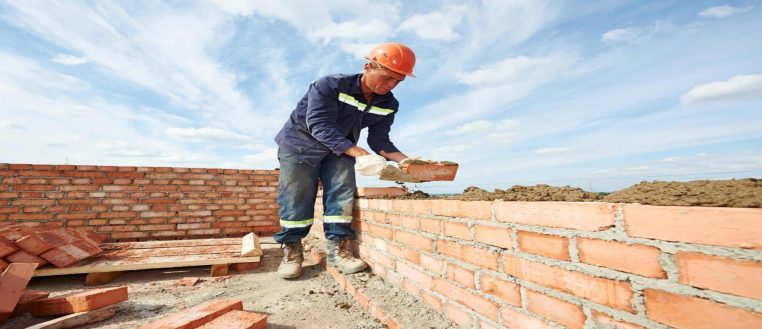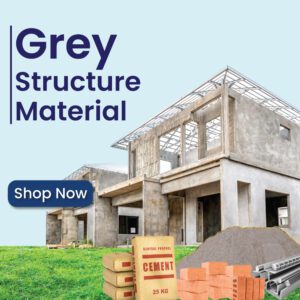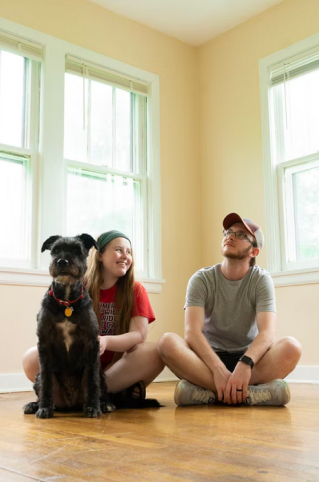Like many developing nations, Pakistan’s construction sector is essential to the nation’s infrastructural development and economic expansion. Traditional building techniques, however, frequently have significant financial and environmental consequences. This essay aims to lower costs without sacrificing sustainability or quality by examining cost-effective construction adapted to the Pakistani environment.
Traditional Construction Methods
In Pakistan, traditional building methods usually include reinforced concrete, brick and mortar, and other conventional methods. Even though these techniques have been widely used for many years, they frequently call for a significant labor and material investment. Their dependence on foreign resources can also increase expenses, eliminating their viability for many projects.
Cost-effective Alternatives
In Pakistan, there has been a growing recognition of the need for more economical construction solutions, leading to a trend towards more economical options. Efficiency, affordability, and environmental awareness are given top priority in these techniques.
Lightweight Construction Materials
One such option is using lightweight materials like bamboo, recycled plastic, and composite panels. In addition to being durable and sustainable, these materials offer significant cost advantages compared to traditional solutions.
Pre-fabricated Construction
Another popular low-cost method is prefabricated construction, in which building components are made off-site and installed on-site. This technique maintains quality control while cutting labor expenses and building time.
Earthbag Construction
Because it’s inexpensive and durable, earthbag construction—which uses bags filled with locally obtained sand or earth—is becoming increasingly popular. This approach works especially well in remote locations where typical building materials may be harder to come by.
Compressed Earth Blocks (CEBs)
Crushed Earth Blocks (CEBs) are an additional economical substitute for traditional bricks. Constructed from readily available soil, CEBs are inexpensive and environmentally benign due to their high thermal insulation and low energy use during construction.
Use of Local Resources
Using locally available building materials like straw, stone, and clay lowers construction costs and has a smaller environmental impact. Furthermore, it boosts local economies and encourages community involvement.
Government Initiatives
The Pakistani government has launched several initiatives to support economic building techniques. These programs aim to give developers and builders incentives, subsidies, and training so they will embrace cost-effective and environmentally friendly practices.
Training and Education
Cost-effective construction methods are widely adopted due largely to education and training. The sector can embrace efficiency and innovation if architects, engineers, and builders have the right training and expertise.
Case Studies
Cost-efficient construction strategies have been proven beneficial in several successful projects around Pakistan. These projects, which range from ecological community centers to affordable housing developments, show the value and viability of employing alternative building methods.
Challenges and Solutions
Notwithstanding the advantages, problems, including change aversion, ignorance, and regulatory obstacles, still exist. Government agencies, industry stakeholders, and local communities must work together to build supportive laws and incentives to address these difficulties.
Prospects for the Future
The adoption of economical techniques that strike a balance between affordability, quality, and sustainability is key to Pakistani construction’s future. Using persistent innovation, education, and cooperation, the construction sector may promote economic growth while simultaneously reducing its ecological impact.
Conclusion
Low-cost building techniques have enormous potential to change Pakistan’s built environment. These strategies, which put affordability, sustainability, and community involvement first, can open the door for resilient and inclusive growth nationwide.
Frequently Asked Questions (FAQs)
Are low-cost building techniques appropriate for all kinds of projects?
Cost-effective techniques can be modified to meet the needs of different project types, including commercial and residential buildings.
What role do affordable techniques play in maintaining a sustainable environment?
Cost-effective construction techniques lessen their negative effects on the environment by using locally available resources, cutting waste, and using less energy.
Do affordable buildings hold up as well as more traditional ones?
When done right, inexpensive construction may be as robust and long-lasting as traditional buildings—and in many cases, much more regarding sustainability and energy efficiency.
Do economical approaches result in a quality compromise?
Not always. Although cost-effective techniques could put affordability first, quality is not always sacrificed in the process. To guarantee a high-quality building, careful planning, designing, and carrying out are crucial.
How can individuals support the promotion of affordable construction techniques?
By supporting sustainable practices, participating in training programs, and selecting environmentally friendly building materials for their projects, individuals may help promote affordable construction.








